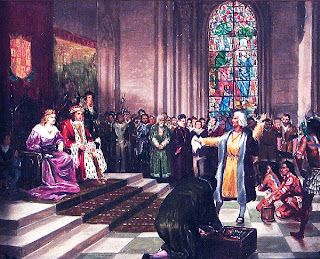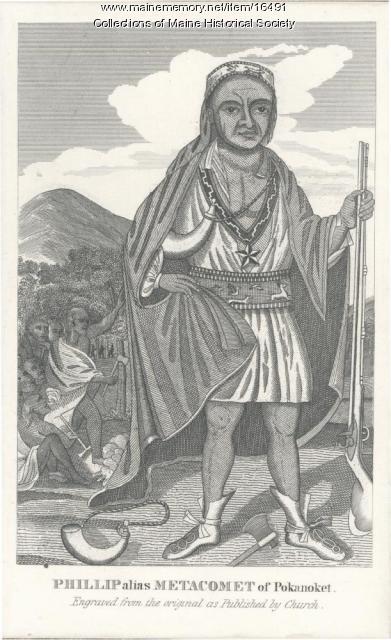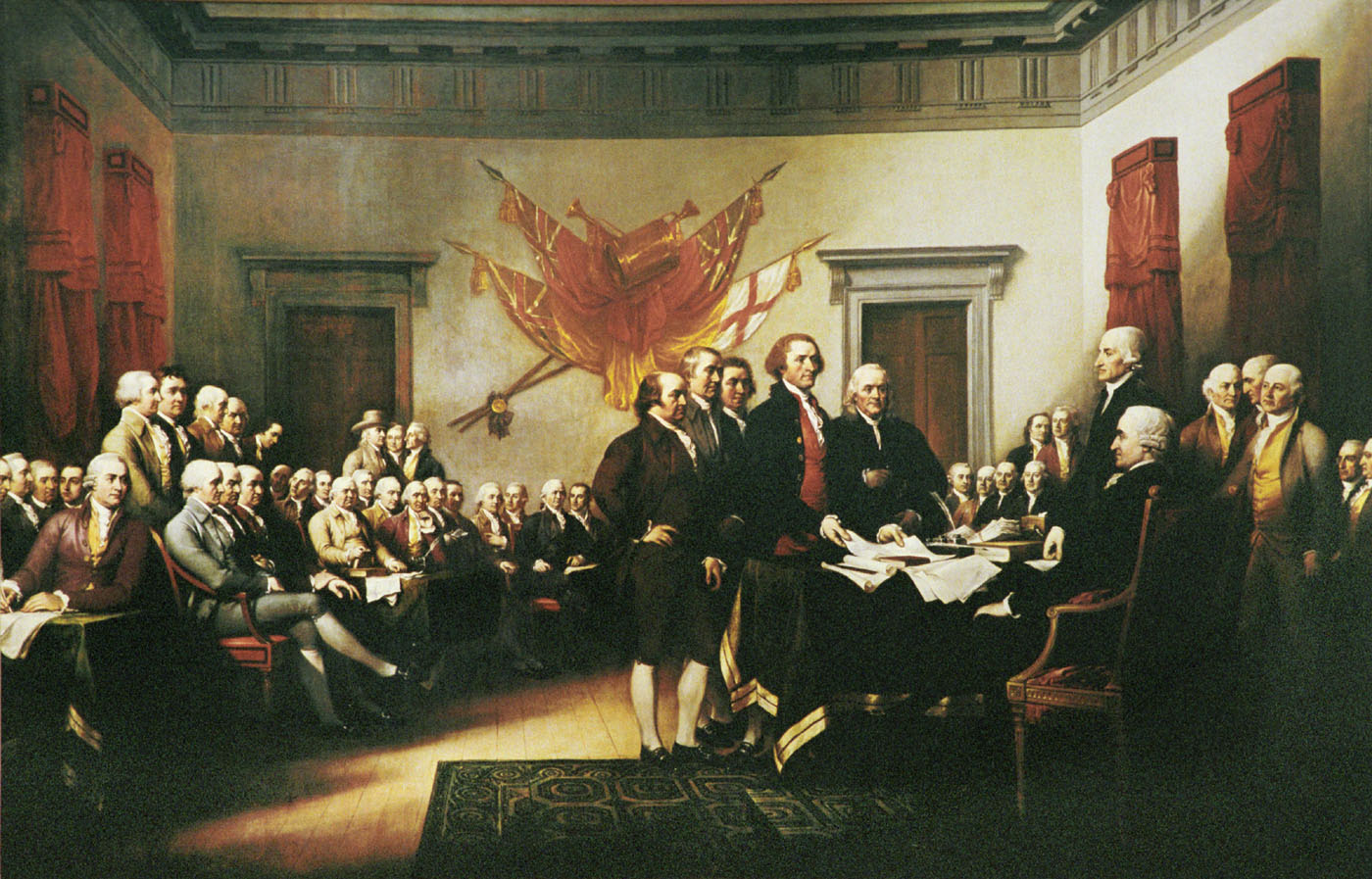“The more children know about their family’s history, the
stronger their sense of control over their lives and the higher their
self-esteem. The reason: These children have a strong sense of ‘intergenerational
self’ –they understand that they belong to something bigger than themselves,
and that families naturally experience both highs and lows.”
Genealogy is a journey back through time, in which you learn what your family’s place was in history and how history has affected your family and you.
Sunday, February 17, 2013
The Importance of Family History
Completed multiple choice question from “One Big Happy
Family” by Bruce Feller in Parade on February 17, 2010, page 6: When a team of psychologists measured
children’s resilience, they found that the kids who knew the most about their
family’s history were best able to handle stress.
Monday, February 11, 2013
The First Concentration Camp Built for Native Americans
Part 16 in the series Are Native Americans Relevant?
In
1862 war broke out between a small group of Dakotas and European settlers in
Minnesota. Below Fort Snelling and
Mankato, the U.S. federal government erected the first civilian internment camp
for 1600 Dakotas. The men were sent to
Mankato and the women and children to Fort Snelling. This technique was so successful it was used
by British during the Boer War in Africa, the French in Algeria, the Germans in
Europe, and the Russians in Siberia. It
was to be repeated continually in the American West where the U.S. government sent
up additional similar camps to incarcerate and control Native Americans. They would later be called reservations.
Native American Slave Labor Opens Up New Spain to Settlement
Part 16 in the series Are Native Americans Relevant?
The
Spanish had a long history of slavery in the New World, beginning with
Christopher Columbus. Spaniards began
raiding the Athapaskans (the ancestors of the Navajos and the Apaches), the Yumas,
the Pimas and the Papagos. They took
their slave raids further into Utah, Nevada and Colorado. Through the 17th
century Pueblo Indian villages were continually raided by the Spanish
government. The captured people were
usually sold in El Paso and they became servants without liberty for life.
The
Spanish government directed the Franciscan monks to build missions in
California to stop the Russians from moving farther south. Twenty-one missions were built from San Diego
to Sonoma on the most fertile land.
Friars and soldiers captured Chumashes and put them on the missions. Once they were baptized, they were tied to the
mission and the authority of friars.
The
friars closely regulated the lives of the Native Americans: family life, work, sexual relations,
celebrations and clothing. The Native
Americans received only food and clothing.
Although they did all the physical work required to keep the mission
running, the missions received all the profit.
The
Native American people lived in barracks.
Physical discipline was common. Despite
being paid in food, they were malnourished.
Native women exchanged sexual favors with Spanish soldiers for food,
thus creating a new generation of Spanish-Indian people. There was a high rate of venereal disease.
The
number of Native American deaths exceeded the number of births. After people died they were buried in unmarked
group pits. When the missions began,
there were 70,000 Native Americans. As the
missions ended between 1833 and 1835, there were only 15,000. Those who survived lost their language,
religion and culture. Almost all
Californian Indians today descend from those who escaped to or lived in the
California interior.
Native
American slave labor opened up California to Spain, to Mexico and then to
Americans. Native American slaves were usually
laborers in silver mines and on Mexican ranches and plantations of the Yucatan
where they were treated no better. The
U.S. Congress outlawed the enslavement of Navajos by Americans and Mexicans
through a joint resolution of 27 July 1868.
The slavery of Alaskan Natives still continued.
From 1850 to 1869 Los Angeles had Native
Americans in slave markets on Mondays. The
Mayor’s Court sold the labor of Native Americans convicted of offenses. An Anglo or Mexican could require him to work
twice as long as the prison sentence. He
couldn’t leave without repaying for his keep and was then entered into debt
peonage. In 1884 in Elk v. Wilkins the Supreme Court ruled the 14th
amendment didn’t grant citizenship or constitutional rights to Native Americans. This practice continued on and off ranches
and reservations until 1924 when citizenship and full constitutional rights
were given.
Native Americans Enslaved From Earliest European Contact
Part 15 of the series Are Native Americans Relevant?
After
1492 until 1620 explorers, traders, fishermen routinely raided the east coast
for Native American slaves to make extra profit. These enterprising men include Christopher
Columbus, John Cabot, Gaspar de Luxan, Antonio de Espejo, Portuguese explorer
Gaspar Corte-Real, Giovanni Verrazano and Jacques Cartier.
In
1492 Christopher Columbus, kidnapped 25 Native Americans to take back to Spain
as slaves. A few years later to raise
money he began sending Caribbean Natives to Spain to be sold in the Azores,
Canaries, Seville and other mainland cities.
He had the deliberate policy of using Native slaves and labor to finance
his conquest of new lands. Within the
first decade, 3,000 to 6,000 Native American slaves went sent to Seville,
Spain, for sale. He enslaved the same number to put to work in early mines and
plantations in the Caribbean.
After
Queen Isabella ruled that Native Americans of the New World belonged to the
monarchy and couldn’t be sold in Spain, he sold them elsewhere, in the Canaries,
Azores, Cape Verdes and the Caribbean. By
1519 Spanish nearly exhausted the population of Native Americans in Caribbean and had to
begin importing African slaves. In the 1600s when the French couldn’t make an
alliance with the Haudenosaunee, they captured them and sold them to work as
galley slaves for the king.
All
early colonies on the North American continent enslaved Native Americans. Male Native slaves were impressed as sailors and
soldiers by almost every European nation they had contact with because the laws
required slaveholders to furnish slaves for combat in timers of emergency. In 1778 during the American Revolution,
General George Washington requested slaves for battalions. The Rhode Island assembly sent some who were
Native American.
One
of the most famous slaves was Squanto, one of the Native Americans who
befriended the Pilgrims. He was captured
by English slave trader Thomas Hunt who raided Patuxet and captured him along
with 27 more. Squanto was sold in Málaga, Spain. He escaped and worked his way back to Massachusetts
through England and Newfoundland. He
arrived back at Patuxet to find the village deserted from slave raids and
disease.
Beginning
in 1634, the Massachusetts Bay Colony, the Plymouth and Saybrook colonies began
a war against the Pequots along with their Native American allies the
Narangansetts and Mohegans. In November
1636 they attacked the Pequot village of Mystic. The survivors were cornered and fought in a
Connecticut Swamp. By September 1638 the
200 survivors had no place to go and surrendered to lives of slavery. They were divided between Massachusetts where
they were sold and Connecticut where they were kept as domestics.
King
Philip’s War in New England from 1675 to 1678 was the New England Native
Americans’ last major attempt to rid their land of the European settlers. After the Wampanoag leader Metacom (King
Philip) was assassinated in August 1676 Europeans began raiding villages for
slaves. Older males were killed and younger
Native Americanss sold into slavery in Spain and the Caribbean. The widow
and son of Metacom were sold in West Indies for 30 shillings each. Women and children could be and were enslaved.
One
reason slaves were shipped elsewhere for sale was to reduce the danger of
Native attacks. As colonies became
stronger and Native communities weaker, the colonies often exchanged slaves
with different colonies. New England
settlers used Native American slaves in manual trade: carpenters, coopers, wheelwrights,
butchers. Native American women learned
domestic tasks and usually work in one household for years.
The
colonial governments encouraged the wars for dominance waged by their Native American
allies. The members of the nations
unwilling to submit were often sold as slaves.
This was especially true in the Southeast where the Native allies were
encouraged to capture others to sell for cheap trade goods. The Europeans used the profit to finance new
wars of conquest. In 1663 Native tribes raided
for slaves along the Carolina coast. Charleston
became the primary exit point for slaves
that included Cherokees, Creeks, and Choctaws.
There were long trade lines across southern country to Mississippi
River. Victims were first obtained by
warfare, and then by kidnapping. By the 1760s
lines of slaves were marching through the Carolina backcountry to the coast as
much as they were filing through the African interior to the trading ports on
the African coast.
Native American Culture Creates European Desire for Personal Liberty
Part 14 of the series Are Native Americans Relevant?
At
the time of contact Europeans weren’t truly free. In the 1500s the vast majority of Europeans lived in
monarchies. Native Americans were free
from monarchs and the aristocracy based on property ownership. For the first time Europeans were aware of
the possibility of living in harmony, prosperity and personal freedom. The principles of “Life,
liberty and the pursuit of happiness”
were derived from European philosophers who were envious of the Natives
Americans. Discovery of the Native
Americans’ radically different lifestyle spurred on the Age of Enlightenment
and the European philosophers such as Thomas More, Michel de Montaigne, Jean
Jacques Rousseau and Thomas Paine who were read by the elite of the American
Colonies. Thus inspired, the colonists
agitated for freedom and the right to self-government, leading to the start of
the American Revolution and the publication of the Declaration of Independence, where we find these words.
The
traditional Native American lifestyle inspired American philosopher Henry
Wadsworth Longfellow, who in turn inspired Mahatma Gandhi. Gandhi developed the principle of non-violent
protest and inspired Martin Luther King Jr., thus paving the way for the
various Civil Rights Movements that have taken place since the 1950s.
Native American Chief Bolstered American Democratic Spirit
Part 13 of the series Are Native Americans Relevant?
Across
North American, Native Americans organized in great variety of lodges and
small, locally based organizations that were independent of kinship ties. During the American Revolution colonists
created groups that imitated them. One
was the Tammany Society named after the Lenni Lenape chief Tamanend. Early in May a celebration was held. They
began serious demonstrations for independence and participants began calling
themselves Americas.
The
Sons of Liberty adopted Tamanend as their patron saint and changed their name
of Society of King Tammany by 1772. It
spread throughout the colonies. All
societies followed an Iroquoian model of organization. They formed 13 tribes for the colonies and
each had a totem.
After
the American Revolution the society became the first veterans’
organization. It changed its name to the
Constitutional Sons of St. Tammany and continued to identify with Natives. Members came from the working and middle
classes. The War of 1812, with the
majority of Native Americans on the British side, ended the glorification of
Native Americans. The time also
coincided with westward migration and opening of the plains. Ties with the Natives were cut because the
Americans wanted their land. In
addition, there was no longer need for revolutionary ardor and the deism
espoused was no longer popular. The New
York Tammany Society continued as a political organization.
Other
Sons of Liberty created the Improved Order of Red Men. It was more radical and had a more strongly
American ideology. The theory was that
Europeans had learned democracy from Native Americanss and could improve it by
further emulating them. They prayed to
the Great Spirit. They were
anticapitalist and teatotallers. The
members became more concerned with ritual and less with ideals, settling down
as a social and fraternal organization.
The
Native Americans inspired Ernest Thompson Seton to form the Woodland Indian
Society in 1902. Although it was not successful, the society inspired Lord
Robert Stephenson Baden-Powell to create the Boy Scouts, removing most of the American
characteristics and making it paramilitary.
The Girl Guides in Great Britain and the Girl Scouts in the United
States were subsequently created.
Subscribe to:
Posts (Atom)












